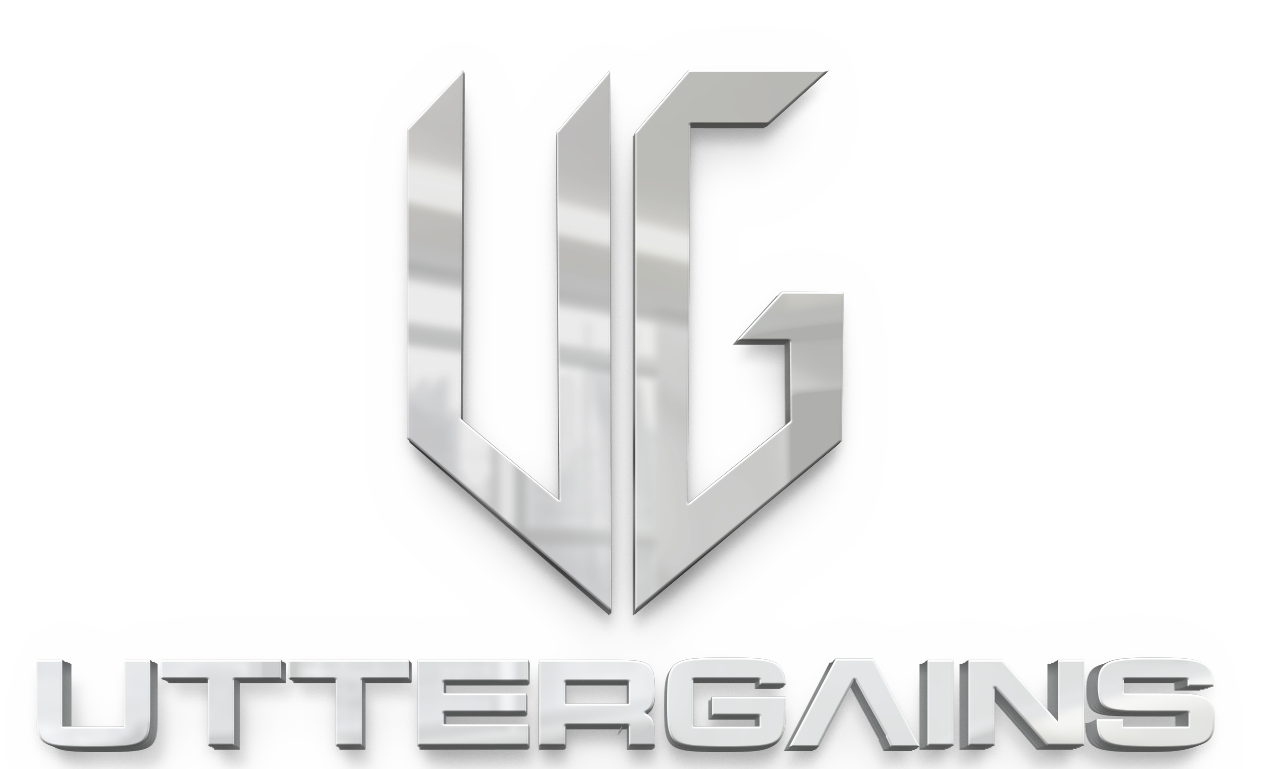Mastering Calisthenics Progression: 3 Essential Methods

Introduction to Calisthenics Progression
Calisthenics is a form of exercise that uses your body weight as resistance to build strength, endurance, and flexibility. It’s a versatile and effective workout method that can be done almost anywhere, without the need for expensive equipment. However, like any other form of training, to continue making gains in strength and muscle development, it’s essential to apply the principle of progressive overload. According to the National Strength and Conditioning Association (NSCA), progressive overload is the gradual increase of stress placed on the body during exercise, which is critical for ongoing muscle development. In this article, we will discuss three methods to achieve calisthenics progression through progressive overload. Each method delivers different results, so understanding these differences can help you tailor your workouts to meet your specific goals.
Method 1: Calisthenics Progression with Gravity
The first and most popular method of calisthenics progression involves manipulating gravity. This technique is all about changing your body position to make exercises more challenging.
Understanding Gravity Manipulation
Manipulating gravity in calisthenics means extending the lever of your body, which involves positioning your body further away from the fulcrum point. A classic example of this technique is front lever progressions. In a front lever, you begin with a tucked position, known as the tucked front lever, where your knees are close to your chest. As you advance, you transition to an advanced tuck by moving your knees away from your body. Eventually, you can extend one leg and then both legs, increasing the resistance and difficulty as your body is positioned further from the fulcrum.
According to Harvard Health Publishing, manipulating body position in this way not only increases the difficulty of the exercise but also improves core strength and stability, which are essential for many advanced calisthenics movements.
Another example is the basic push-up. By elevating your feet on a higher surface, you change the angle between your body and the floor, shifting more weight to your upper body. This increases the challenge and requires greater strength from your pushing muscles, primarily the chest, shoulders, and triceps.
Downsides of Gravity Manipulation
While gravity manipulation is an effective way to progress in calisthenics, it comes with certain drawbacks. One significant downside is that altering your body position may change which muscle groups are being recruited. For instance, when you elevate your feet during a push-up, you may engage your shoulders more than your chest compared to a standard push-up. Therefore, if you’re using calisthenics to develop specific muscles for your physique, be mindful that advancing in this way might shift the focus to different muscle groups.
Method 2: Calisthenics Progression by Adding Weight
The second method of calisthenics progression is adding weight, which is a favorite among many calisthenics enthusiasts.
Adding Weight to Your Calisthenics Routine
Some people argue that adding weight means you’re not doing true calisthenics, but this perspective can be limiting. Using equipment like weighted vests, dip belts, or ankle weights can enhance your calisthenics workouts by allowing you to add incremental weight, similar to weightlifting. This method enables you to keep the same movement patterns while increasing resistance, thus challenging your muscles more effectively.
A study from Sports Medicine found that adding external resistance to bodyweight exercises can significantly increase both strength and muscle hypertrophy, especially for experienced athletes. For example, if you’re doing pull-ups, you can wear a weighted vest to add extra resistance, making the exercise more difficult and promoting greater strength gains. Similarly, for dips or squats, a dip belt with added weights can intensify the workout.
Downsides of Adding Weight
While adding weight can significantly enhance your strength, it does have some downsides. One drawback is that this method primarily focuses on building strength rather than developing calisthenics skills or improving endurance. Moreover, incorporating weights requires additional equipment, which might involve some investment. You’ll need a weighted vest, dip belt, and weights, which could be a barrier if you’re looking for a minimalistic approach to fitness.
Method 3: Calisthenics Progression Through Training Volume
The third method for calisthenics progression is increasing your training volume, which involves adjusting the number of sets and repetitions in your workouts.
Understanding Training Volume
Increasing your training volume is a straightforward form of progressive overload. For instance, if you typically perform three sets of push-ups with ten reps each, you can progress by adding a fourth set or increasing the number of reps in each set. This approach places more demand on your muscles, leading to growth and increased endurance.
Muscle Mass Differences with Volume Training
When you increase your training volume, the muscle mass gains come primarily from sarcoplasmic hypertrophy rather than myofibrillar hypertrophy. Sarcoplasmic hypertrophy refers to the enlargement of muscle cells due to increased glycogen and fluid retention, which is more about enhancing muscular endurance and work capacity. Myofibrillar hypertrophy, on the other hand, involves the growth of muscle fibers themselves, contributing more to strength.
Research published in Frontiers in Physiology confirms that high-volume training is more effective at increasing muscle size and endurance, while low-rep, high-intensity workouts are better suited for building raw strength. Therefore, if your goal is to increase muscle size and endurance, boosting training volume is a great strategy. However, if your primary focus is on building raw strength, you might need to combine this method with others, such as adding weight, to see the best results.
Conclusion: Finding the Right Calisthenics Progression Method for You
Calisthenics progression is essential for anyone looking to improve their fitness, strength, and physique through bodyweight exercises. By understanding and applying the principle of progressive overload, you can ensure continuous improvement and avoid hitting plateaus in your training.
Each method of calisthenics progression—manipulating gravity, adding weight, and increasing training volume—offers unique benefits and challenges. Manipulating gravity is excellent for those who enjoy creative exercises and skill development, while adding weight is perfect for individuals focused on building strength without changing their exercise form. Meanwhile, increasing training volume suits those aiming for enhanced endurance and muscle size through higher repetition workouts.
Ultimately, the best approach to calisthenics progression depends on your personal goals and preferences. The Journal of Human Kinetics suggests experimenting with different methods and incorporating them into your routine to find the right balance that aligns with your fitness objectives. Remember, the key to successful calisthenics progression lies in consistency, patience, and dedication to pushing your limits.
By consistently challenging yourself and applying these methods, you can achieve impressive results and continue progressing in your calisthenics journey. Whether you’re a beginner or an experienced athlete, calisthenics offers a diverse and effective way to reach your fitness goals, improve your overall health, and enjoy the process of getting stronger with each workout.



